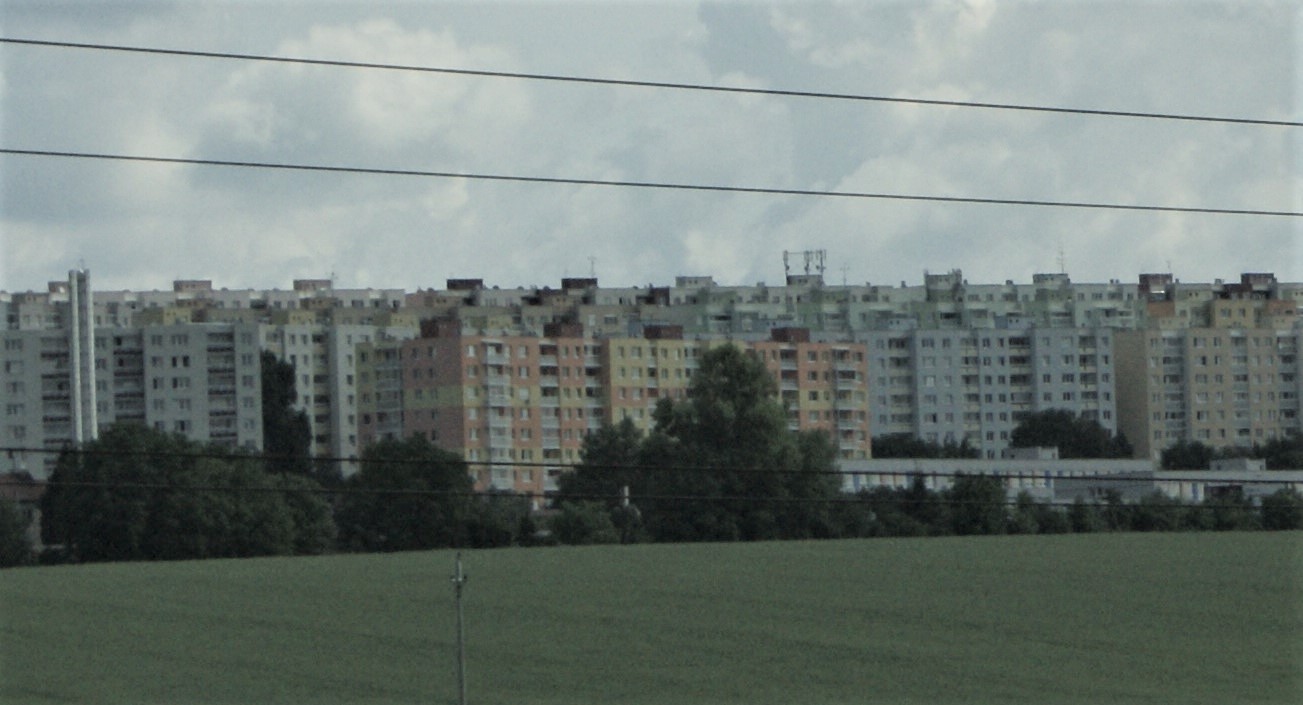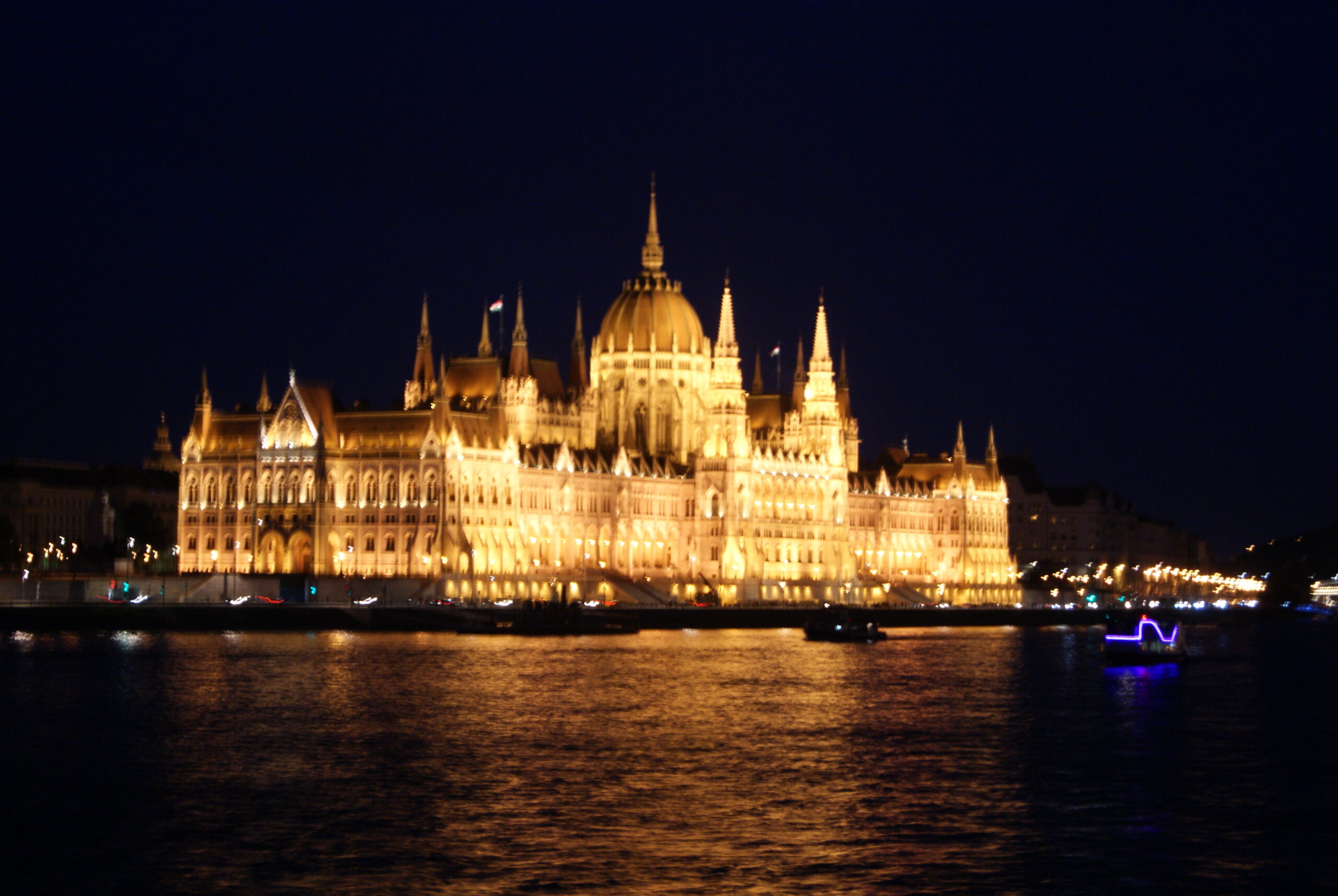 What I Did On My Summer Vacation: Laments of Victims of Communism
What I Did On My Summer Vacation: Laments of Victims of Communism
By Charles M. Strauss – June 18, 2023
Reading Time: 4 minutes
It was NOT what I was expecting.
I went on a Viking River Cruise, east-west up the Danube: Romania-Bulgaria-Serbia-Croatia-Hungary-Slovakia-Austria. Sounds pretty boring, right? A bunch of American geezers wandering around in ribcage-high Madras shorts and calf-high black socks?
What a shock. Everywhere I went, from everybody I met, I got an earful about how bad Communism was, and how glad they are that the dark days are past.
The Viking cruise director, unsolicited, told us that when he was a 9-year-old boy in Constantia, Romania, his mother took him to the beach. There, he met a 9-year-old German boy whose parents had brought him there on vacation. They spent the day playing in the sand. When it was time to go home, the German boy’s father gave the Romanian boy a package of Toblerone chocolates. What a treat! He had never had Toblerone chocolate; it was a luxury unavailable in Communist Romania. Soon after the boy and his mother arrived at their assigned Communist apartment, there was a knock on the door. Two men told the boy and his mother that they were in a lot of trouble. Somebody had reported seeing them talking to foreigners, and talking to foreigners was forbidden. As it was their first offense, they would be let off with just a warning. However, the men confiscated the Toblerone chocolates. That was one 9-year-old boy’s introduction to Communism: the secret police literally taking candy from babies. His opinion has not improved since then.

In each town, the day began with a bus tour of the highlights: “There’s the Parliament building; there’s the statue of the national hero on a horse,” etc. In each town, the local tour guide embarrassedly said the same thing: “Those ugly gray buildings that look like a prison? Those are the Communist apartments that everybody was required to live in everybody except the ‘leaders,’ of course.” “And on this street, you see the luxury mansions where the ‘leaders’ lived.”
One tour guide related that for generations his family had lived on a farm and owned a house. However, one of the principles of Communism is “no privately owned property,” so their house and farm were confiscated, and they were forced to move into one of those gray apartment complexes. Now the government is trying to make “reparations” – trying to let such dispossessed people get their property back. It’s complicated, and the process takes many years, because they have to figure out what to do with the people who are living there now. Also, they are not giving the property back to the original owners; they are selling it back, and who gets to determine what the price and terms should be?
Another tour guide told us that when she was a little girl, she once caught her father listening to a transistor radio. He got flustered, and told her he was listening to music, and he begged her not to ever tell anybody that he owned a transistor radio – not her little friends, not her teachers, not even her mother. She did not understand why he was so distraught. Years later, after the Communists were out of power, he confessed to her that he had been listening to Radio Free Europe, and if she had told anybody, he would have “disappeared.”

In Budapest, Hungary, there is a building called the House of Terror. It is a museum, located in the building where for one year, the Nazi secret police imprisoned, interrogated, tortured, and murdered Hungarians. When the Communists “liberated” the country from the Nazis, the Communist secret police continued to use that same building for imprisoning, interrogating, torturing, and murdering Hungarians – for another 40 years. As The Who said in their 1971 song, Won’t Get Fooled Again, “Meet the new boss; same as the old boss.”
In Bratislava, Slovakia, there is a small memorial in remembrance of the Jewish neighborhood (Podhradie), which the Communists demolished to make way for the construction of a bridge across the Danube (the “Bridge of the National Slovak Uprising”). A sign at the site quotes Alfred Piffl, the architect of the bridge: “I was making a drawing of the demolition of the synagogue on Rybné námestie Square. My heart was breaking.” The tour guide asked the rhetorical question, “Why didn’t we protest? It was a Communist government. Nobody dared to protest.”
Another guide told us that when she was a schoolgirl, her teachers told her that the reason there was a wall around the country was because life was so good in (then) Czechoslovakia. The people outside, who were starving and oppressed, were trying to break in. Of course, she and her schoolmates believed what their teacher told them.
Eastern Europeans are well and truly fed up with Communism, and they are eager to say so. Sadly, the USA has not gotten the memo. American college students are taught that communism is good, capitalism is evil, and the sadistic, murderous dictators Castro, Guevara, and Chavez are heroes. (Of course, they believe what their teachers tell them.) How did that happen? Why is it that Americans (rightly) recoil in disgust if somebody proclaims himself to be a Nazi, but are perfectly comfortable when people (for example, Bernie Sanders, and the founders of Black Lives Matter) proclaim themselves to be Marxists? This historical and cultural illiteracy is leading inexorably to America becoming more and more like Eastern Europe in the 1960s, one city at a time.

A quotation from Thomas Sowell —
Much of the social history of the Western world over the past three decades has involved replacing what worked with what sounded good. In area after area – crime, education, housing, race relations – the situation has gotten worse after the bright new theories were put into operation. The amazing thing is that this history of failure and disaster has neither discouraged the social engineers nor discredited them.